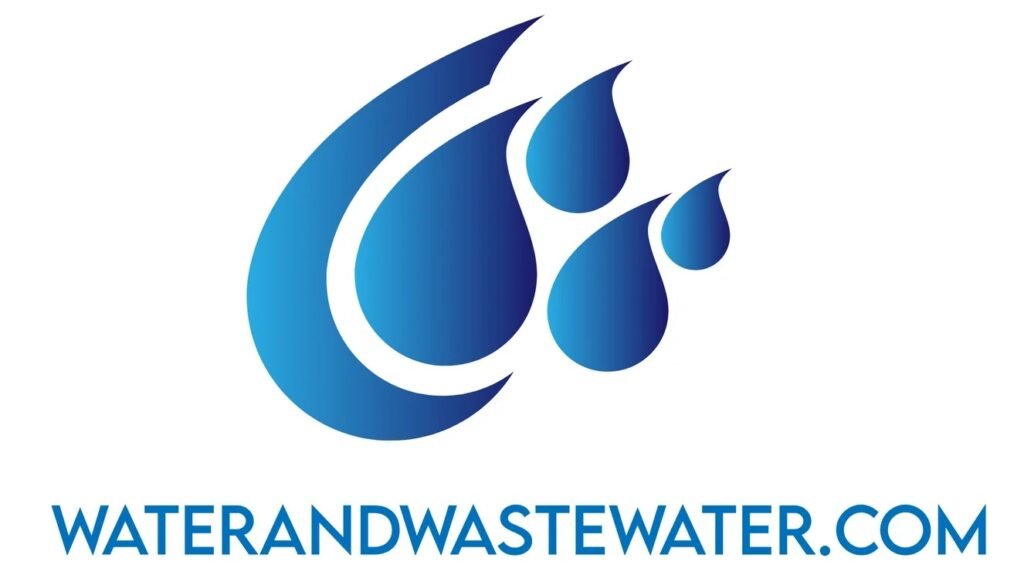
Tag: water management
Ozone retention tanks play a significant role in wastewater treatment, serving as an advanced oxidation process to remove various contaminants. By utilizing the powerful oxidizing properties of ozone, these tanks disinfect and decompose pollutants, making wastewater treatment more efficient and environmentally friendly. The application of ozone in wastewater reflects a concerted effort to address the […]
Granular media filtration plays a crucial role in the treatment of wastewater by removing suspended solids and contaminants to improve water quality. This type of filtration utilizes layers of granular materials, such as sand and anthracite, through which the wastewater is passed. The size and type of the granular media, along with the design of […]
Lamella clarifiers are an integral component in the realm of wastewater treatment, providing a significant function in the clarification process by separating solids from liquids. They operate on the principle of sedimentation, where the gravitational force compels particles to settle at the bottom due to their higher density compared to water. The unique design of […]
Offset clarifiers are an integral component in the wastewater treatment process, designed to enhance the settling and removal of solids from wastewater streams. By utilizing a unique configuration that offsets the clarifier basin from the inlet flow, these structures aim to maximize particle settling by reducing turbulence and providing optimal flow conditions. This design halts […]
Rotating Biological Contactors (RBCs) are an efficient means of treating wastewater through a biological process that involves microorganisms affixed to a rotating media. These systems are engineered to remove organic and nitrogenous waste from water by allowing microorganisms to come into contact with waste in the water. An RBC system consists of a series of […]
Packed column DAF, or Dissolved Air Flotation, is an innovative water treatment technology that efficiently separates contaminants from water. DAF systems are particularly effective for the removal of solids, oils, and greases that are lighter than water and thus can be floated to the surface with the aid of fine air bubbles. Packed column DAF […]
Vacuum degasification in wastewater treatment is an advanced process designed to remove dissolved gases, such as hydrogen sulfide, carbon dioxide, and methane, from wastewater streams. By creating a vacuum within a treatment chamber, gases are drawn out from the wastewater due to the pressure difference. The removal of these gases is crucial for reducing odor, […]
Step Screen in Wastewater Treatment: Enhancing Solid-Liquid Separation Efficiency Wastewater treatment is an essential public health service that effectively manages water pollution by removing contaminants from wastewater before it’s released into the environment. At the heart of this process are various types of screening equipment, crucial in removing large pieces of debris from the water. […]
The treatment of wastewater is an essential process in maintaining both environmental and public health. An effective method of achieving such treatment is through the use of a parabolic screen. This specialized equipment, also known as a curved screen, serves to remove debris from water flowing through treatment plants. It operates by guiding wastewater through […]
Centrifuges play a pivotal role in modern wastewater treatment operations. They leverage the principle of centrifugal force to separate solids from liquids, a key step in the purification process. By rapidly rotating wastewater around a central axis, centrifuges cause the denser solid particles to move outward and separate from the liquid. This process is essential […]